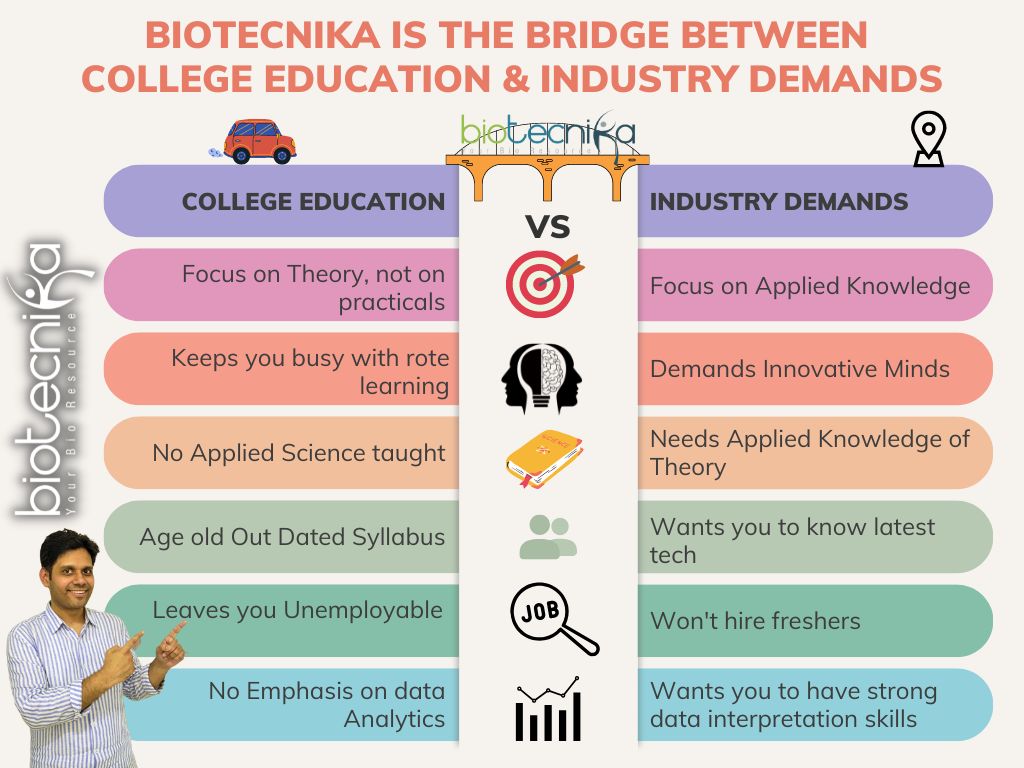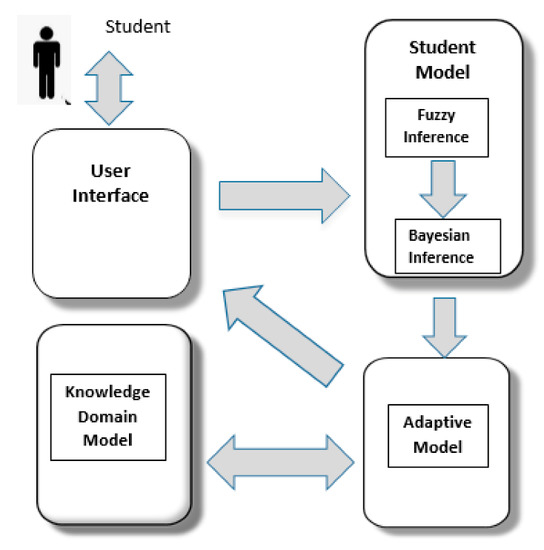The Basic Principles Of Bioinformatics Tutor
The Basic Principles Of Bioinformatics Tutor
Blog Article
Some Of Bioinformatics Tutor
Table of ContentsThe Basic Principles Of Bioinformatics Tutor The Basic Principles Of Bioinformatics Tutor Bioinformatics Tutor for DummiesTop Guidelines Of Bioinformatics TutorBioinformatics Tutor Fundamentals Explained
Of the total participants entailed in the training, 80% were trainees from public college institutions, while the continuing to be 20% originated from personal organizations. To get approved for a certificate of participation, pupils were called for to attend at the very least 90% of the total training hours. As a result of this demand, an outstanding 95% of the individuals successfully obtained their certifications, having not only met the minimum participation standards but also finished all assigned tasks throughout the training.
Throughout the height of the COVID-19 pandemic, especially between June and August 2020, the project team was entrusted with organizing specialized training in bioinformatics. This training was especially intended at students from the research study team Nucleus for Study in Applied Computer at the Federal University of Pará (UFRA) The adaptation to remote understanding platforms because of the pandemic developed an opportunity to check out brand-new training approaches and electronic devices that enhanced both reach and effectiveness.
This course was made to supply an available yet thorough introduction of Artificial Intelligence methods, especially as used in bioinformatics (Bioinformatics Tutor). This virtual style enabled involvement from pupils across Brazil, several of whom might not have had the possibility to attend in-person sessions.
An Unbiased View of Bioinformatics Tutor
A notable function of this program was its focus on hands-on learning. Roughly 50% of the overall training hours were committed to sensible activities where students developed intelligent designs and applications in a variety of clinical domain names, consisting of genetics, molecular biology, and environmental data analysis. Widely utilized structures and tools such as Spyder, Google Colab, Jupyter Notebooks, and Orange were integrated into the coursework. These systems allowed pupils to take part in real-time information adjustment, model training, and algorithm experimentation.
The training course drew in 80 participants in total. Sixty of them were associated with numerous college organizations in the state of Pará, while the staying twenty originated from organizations located in 5 various other Brazilian states. This broad geographical representation highlighted the nationwide rate of interest in bioinformatics and the growing demand for specialized abilities in this area. By introducing Artificial Knowledge in a functional and appropriate context, the effort served to link the space between concept and real-world application, offering students with a strong foundation for future research or work in the field.
The training campaign formed component of a broader academic outreach initiative called the Bioinformatics on the Roadway project. This job has, over the years, introduced loads of students to the globe of bioinformatics and computational biology. The occasions held under this umbrella initiative have occurred across several areas and years, as summarized in Table 1 (Listing of occasions, areas, years, and total numbers of pupils and instructors)
Several of these groups, initially brought together by their involvement in training occasions, have actually since gone on to produce independent scientific research study in partnership with local academic institutions. The training not just cultivated clinical reasoning within the context of bioinformatics however likewise sparked collaborative relationships that expanded past the training atmosphere.
The Single Strategy To Use For Bioinformatics Tutor
The same team, omitting IH and RR, also acted as tutors for the functional training components. Funding for the job was given through the give 88887.200562/ 2018-00 from CAPES.
The Federal College of Pará's Office of Research study (PROPESP/UFPA) additionally provided financial backing, especially for the production of the final manuscript. The writers proclaim no monetary or business problems of interest that might have affected the study. Furthermore, all opinions and interpretations shared in this article are entirely those of the writers and do not always mirror those of their corresponding institutions, the publisher, editors, or customers associated with the magazine procedure.

Unknown Facts About Bioinformatics Tutor
From an instructional point of view, the teaching approach utilized in the training was purposefully interactive. Courses were carried out in a way that encouraged pupil engagement and discussion, exceeding memorizing memorization to discover exactly how ideas are created, used in life, and tested in scholastic settings. The instructional ideology concentrated on nurturing both solid and having a hard time students, giving personalized support, find more info and structure confidence via continual mentorship and patience.

Each group, containing about 36 individuals, was supported by 3 coaches-- the majority of whom were postdoctoral researchers with customized experience. These coaches not only aided create the group tasks however also promoted their execution, ensuring that each study concern was both suitably difficult and relevant. The objective was to provide a naturally reasonable context that individuals might discover with flexible goals and accessibility to curated datasets.
For extra understandings right into the technique and results of this project-based learning technique, readers are routed to S1 Text, that includes thorough descriptions of the instructional structure, assessment approaches, and project motifs used in the training sessions.
Bioinformatics Tutor Fundamentals Explained
Of the overall individuals entailed in the training, 80% were students from public higher education institutions, while the staying 20% came from exclusive establishments. To qualify for a certificate of involvement, trainees were needed to participate in at the very least 90% of the complete my link training hours. Especially, beyond the students who registered in the training sessions, seven knowledgeable teachers got involved in supplying the training courses, while 3 committed study teachers worked with the total training procedure. About 50% of the complete training hours were committed to sensible tasks where trainees developed intelligent designs and applications in a variety of scientific domains, consisting of genes, molecular biology, and ecological data analysis. The training not only fostered clinical reasoning within the context of bioinformatics but also sparked joint partnerships that prolonged beyond the training environment.
Report this page